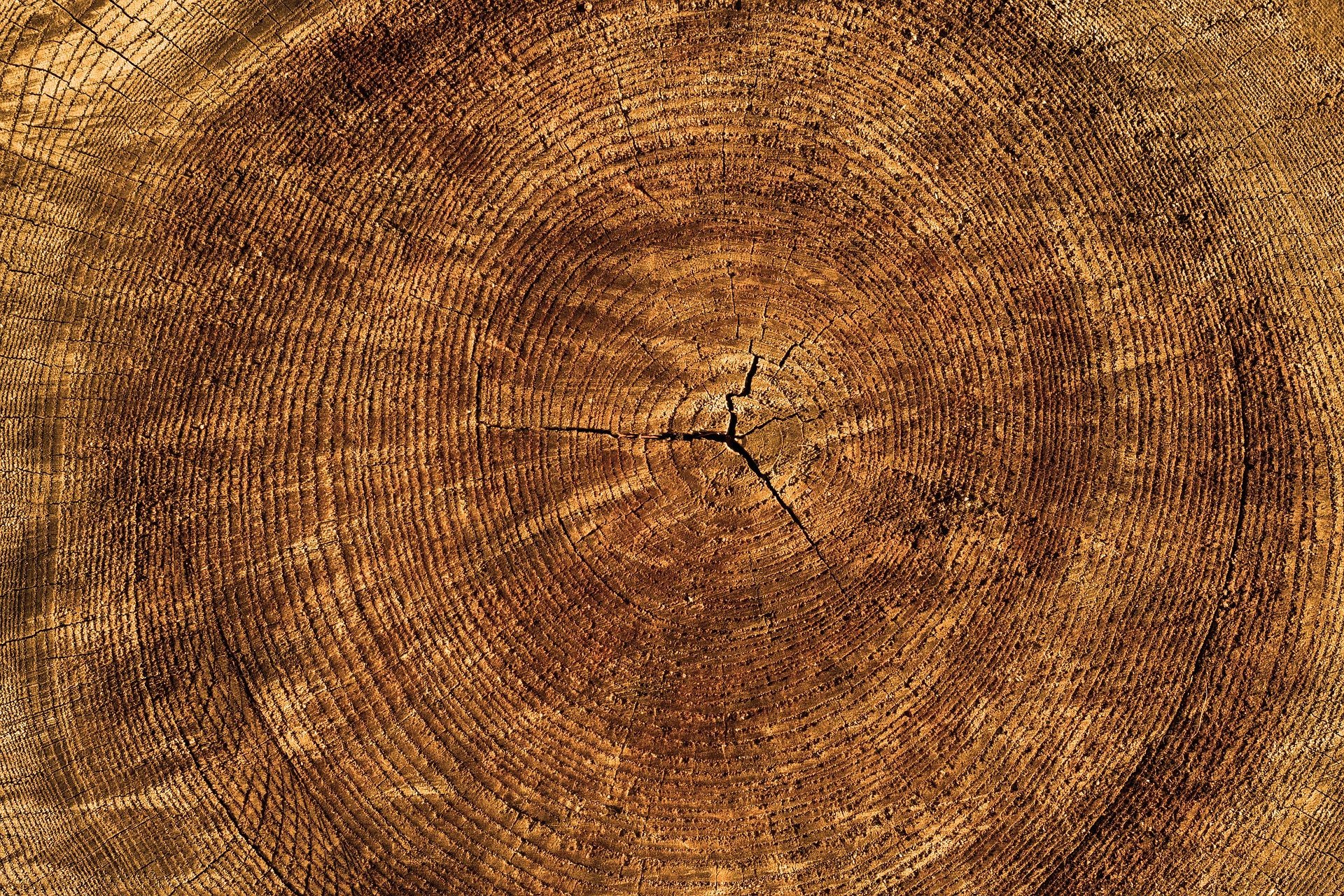
A Spanish institute has patented an enzyme that reduces the use of chemical products during paper production, such as chlorine dioxide. This technology provides a more environmentally friendly alternative to an industry that was once known to be highly pollutant.
The enzyme was discovered by researchers from the Institute of Agrochemistry and Food Technology (IATA). This is a branch of the Spanish Higher Council for Scientific Research (CSIC). The team has been working as a part of the EU project Woodzymes. This “aims to provide the wood industry with wood-transforming enzymes capable of working in extreme conditions.”
Researchers from Portugal, France, Finland, and Spain are taking part in this initiative.
The newly patented substance is an extremophilic xylanase. This refers to an enzyme that catalyzes the hydrolysis of xylan, one of the main components of a plant’s cell wall.
What it is particularly attractive about the recently discovered enzyme is its ability to withstand extreme conditions. David Talens-Perales, researcher at IATA, said that it can not only degrade the xylan at very high temperatures, but it is also able to withstand highly elevated alkaline or potential of hydrogen (pH) levels.
The research team found this enzyme after analyzing over 6,000 sequences via their database. The scientists also managed to produce and purify the enzyme in large quantities, an essential step for industrial applications.
Reducing pollution in the paper industry
Innovation Origins spoke with Julio Polaina, Head of the Structure and Function of Enzymes’s group. This is the research team that discovered the enzyme and falls under the IATA-CSIC. He confirmed that the fundamental difference is the fact that “the patented enzyme, compared to any other commercial xylanase, is extraordinarily resistant to extreme temperature conditions (90 ºC) and alkalinity (around pH 10). This property is a requirement for the conditions used in the manufacture of paper. Basically, this means that this enzyme can work under conditions which other xylanases would not survive.”
Polaina goes on to explain that the new enzyme’s main benefit would be in the replacement, at least partially, of the use of chlorine dioxide in the bleaching process, as in the whitening of paper.
Totally chlorine free or elemental chlorine free
The traditional use of chlorine leads to the formation of organic compounds known as AOX (Adsorbable Organic Halides), which are highly toxic chemicals. According to the European Union, in order to avoid such compounds being emitted into the environment, “the [paper] bleaching process should be totally chlorine free (TCF) or elemental chlorine free (ECF) with AOX levels strictly controlled after depuration.”
Paper can be deemed ECF when the bleaching process uses chlorine dioxide instead of the chlorine gas method of bleaching. On the other hand, when a product is deemed TCF, it is whitened by using hydrogen peroxide instead of chlorine-containing reagents.
As of 2019, ECF was by far the dominant method. The EU states that in 2012 it had reached a market share of 94 % in the chemical-bleached pulp sector, contrasted with 4.7 % for TCF. The remaining market share was held by less popular processes for the industrial paper industry. Currently, chlorine is not used anymore in European paper pulp mills as is considered an old bleaching practice.
Chlorine significantly pollutes wastewater generated from the paper production process due to the formation of AOX. However, the use of chlorine dioxide has drastically decreased the production of AOX and eliminated the formation of dioxins during the bleaching process. The application of extremophilic enzymes, such as the ones discovered in the WoodZymes project, is the approach that consortium is following to reduce the amount of chlorine dioxide in ECF sequences, thus helping to further decrease AOX formations.
WoodZymes highlighted that the European pulp and paper industry is subjected to strict regulations referred to all the processes involved in paper production, including the treatment of wastewaters and sludge, which control the amount and type of pollutants released to the environment. Standard procedures and methods for the determination of relevant pollutants are covered by the “EU Best Available Techniques Reference Document for the Production of Pulp, Paper and Board.” This ensures that the detection technology employed by paper mills is sufficiently accurate to prove that there is no dioxin in the wastewaters.
Cost & uses
The Spanish scientist noted that due to its biochemical characteristics, the enzyme production would not be costly compared to many other enzymes used by the industry. However, the newly patented compound does require that production strategies be optimised on a large scale in order to minimize costs and become profitable.
Polaina also mentioned that there is a range of applications outside the paper industry that this patented enzyme could help. That way, certain processes would become more sustainable. For example, in the production of animal feed and the recovery of plant residues.
“In a lot of cases, the extremophilic properties of our enzyme offer an important advantage. We are open to meet the requests of industrial partners interested in any type of industrial implementation.”
At this stage, the enzyme is being tested by RAIZ / Navigator in Portugal and the Center Technique du Papier in France, with promising results so far.
(This text is a revised version of the original article published on 02/02/2021 where some information has been amended for accuracy reasons).







